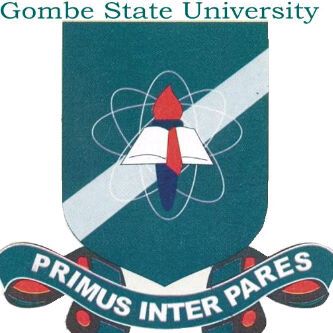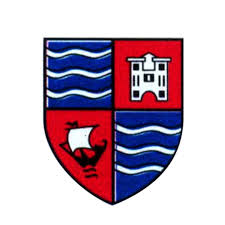Government Keypoints: Political Parties and Party Politics in Post-Independence Nigeria; This study material is suitable for students sitting for the following exams: JAMB, WAEC, NECO, GCE, IJMB, and JUPEB. In the post-independence era, Nigeria has witnessed several political transitions marked by the emergence and evolution of various political parties.
Study more government keypoints here
These parties played significant roles in shaping the country’s political landscape, contributing to governance, ideology formation, and the socio-economic development of the nation.
Examining the distinct phases of the First, Second, Third, and Fourth Republics offers insight into the evolution, structures, ideologies, and contributions of political parties in Nigeria’s history.
a. First Republic
Evolution: The First Republic (1960-1966) marked Nigeria’s independence and the emergence of political parties like the Northern People’s Congress (NPC), Action Group (AG), and National Council of Nigerian Citizens (NCNC).
Membership Spread: These parties had diverse memberships representing various regions and ethnic groups. For instance, the NPC predominantly had support in the Northern region, AG in the Western region, and NCNC in the Eastern region.
Structure: Parties were structured hierarchically with leadership hierarchies from the national to the local levels.
b. Second Republic
Evolution: The Second Republic (1979-1983) followed a period of military rule. Political parties such as the National Party of Nigeria (NPN), Unity Party of Nigeria (UPN), and Nigerian People’s Party (NPP) emerged.
Membership Spread: Parties aimed for nationwide representation, although some retained stronger support bases in specific regions.
Structure: Parties maintained hierarchical structures, focusing on grassroots mobilization.
c. Third Republic
Evolution: The Third Republic began in 1993, albeit short-lived due to military intervention. Political parties like the Social Democratic Party (SDP) and National Republican Convention (NRC) participated in the aborted 1993 elections.
Membership Spread: SDP and NRC garnered support across regions, attempting to reflect a broader national appeal.
Structure: Parties had complex structures and accommodated diverse ideological inclinations.
d. Fourth Republic
Evolution: The Fourth Republic (1999-present) followed years of military rule. Political parties like the People’s Democratic Party (PDP), All Progressives Congress (APC), and others emerged, dominating the political landscape.
Membership Spread: PDP initially held significant influence nationwide, while the APC emerged as a major contender in later years.
Structure: These parties evolved to accommodate changing political dynamics, seeking to be more inclusive and diverse.
Contrasting Political Processes
Each republic had distinctive political processes influenced by prevailing socio-political factors and experiences. The First Republic focused on regional politics and witnessed tensions leading to a military coup.
The Second Republic aimed for a return to civilian rule but faced challenges with corruption and political instability. The Third Republic’s promise was cut short due to military annulment of elections.
The Fourth Republic marked a return to civilian governance, navigating through democratic challenges, including electoral irregularities and party supremacy struggles.
Evaluation of Ideologies, Structure, and Composition
Ideologies: Political parties’ ideologies varied, with some leaning towards regional interests, while others emphasized national unity and development.
Structure: Parties in different republics evolved structures aimed at grassroots mobilization, with varying degrees of internal democracy.
Composition: Parties often reflected diverse ethnic, religious, and ideological backgrounds, attempting to cater to Nigeria’s multiethnic society.
Conclusion
Nigeria’s political party landscape has undergone significant transformations across different republics. The evolution, ideologies, structures, and compositions of these parties reflected the changing socio-political dynamics and aspirations of the Nigerian populace. Understanding these historical contexts is crucial for analyzing the strengths, weaknesses, and roles of political parties in shaping Nigeria’s democratic journey.












